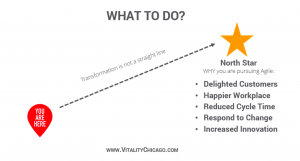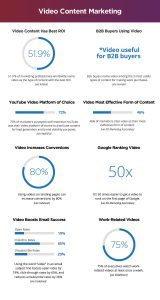
There is no denying that an increase in personal reflections induced by the pandemic, and stay-at-home orders, has had a remarkable impact on the careers of many. Companies saw employees rapidly turning off familiar paths, inspired by less travelled trails, such as wanting to work for a bigger or smaller company or try a completely new sector.
Record numbers also took the plunge into entrepreneurialism, with nearly 80 new businesses created in the UK every hour in the first half of last year.
But now, it seems, many are considering going back to the companies they originally moved on from in the Great Resignation. A survey of 5,000 employees across the US and the UK revealed that 75% of respondents expressed an interest in maintaining contact with their previous employer after resigning. Anthony Klotz, the business psychologist who coined the ‘Great Resignation, says the next dominant hiring trend is hiring “boomerang employees’.”
Hiring a boomerang can be mutually beneficial. For the companies, employees are already familiar with their business’s culture and processes and need less training and on-boarding to get up to speed, and importantly bring newly gained skills back to the business with them.
Employees, meanwhile, weary after a tumultuous two-year pandemic journey, recognize that building a longer-term relationship with an employer can in fact lead to greater career progression than short stints at multiple companies would.
Though there is great opportunity for all here, beware the potential pitfalls.
With Open Arms
Business leaders will need to convince ex-employees that the company has not stood still for the past two years.
Two clear priorities among employees looking to (re)enter a place of work emerged from our talent management platform’s Talent Index research. First, over a quarter of the 5,000 respondents pointed to wanting improved training and career guidance, hinting at why they may have left in the first place. Demonstrating the new learning and development opportunities the company has started, like a talent acceleration program (which 42% of all respondents say they now have access to), could be an effective way to engage with past employees.
Another key factor is evidencing a vibrant work culture despite the disruption in ways of working. One in four respondents prioritized this sense of cohesion over anything else. Showcasing how company culture has improved and become more resilient through increased and frequent company-wide touch-points could also serve to inspire optimism toward the next chapter among returning employees.
Our data also shows that, in the long term, business leaders must take a cautious approach towards hybrid work. Although flexible hours was the most-frequently chosen benefit by those surveyed, almost half also felt that a lack of face-time with their employer has hindered their career development. Making the best of hybrid work for now, while keeping a close eye on the evolving preferences and demands from employees, is the right thing to do.
When interviewing potential boomerang employees, it is important to practice “radical candor”—acknowledging openly the issues or concerns that made them leave in the first place, and establishing what will be different this time around—from both sides. Though not universally applicable, unresolved issues are a red flag and ignoring the opportunity to find out why employees left could be a big mistake that costs businesses again in the future.
Cautious Optimism
Employees looking to return to a prior workplace should consider why they are enthusiastic to (re)start. Reminding a former boss of their strengths and focusing on any connections maintained with ex-colleagues is important, but most likely won’t be enough. Both sides will want to know what’s changed. When employers explain any new initiatives, boomerang interviewees would do well to share the lessons and ideas they’ve picked up from other experiences.
Successful boomerang employees have the potential to take on new assignments at their old place of work with renewed vigor, showcasing their new skills, all while not expecting everything to be the same. Though much is likely to have remained similar, some processes, people, and policies will have changed, and it is important that all embrace these changes flexibly.
A further note of caution here is that it is probable that businesses will pay returning employees more than they did originally, reflecting employees’ career progression, but they must be careful not to alienate those that stayed, and avoid signalling that the best way to progress or improve earnings is to leave.
A Positive Sign
With the majority of our survey respondents now expressing an enthusiasm about staying in touch with former employers, we start to paint a more positive picture of the current work landscape. Despite some commentators pointing to a broken ecosystem and blaming mass resignations on a toxic corporate culture there are positive opportunities here.
Recognising the value of putting talent first, visionary business leaders are now accelerating investments in their employees’ careers and, on a broad scale, this paradigm shift is elevating the entire ecosystem, improving the chances of past employees coming back. Employees that do return bring the further benefit of taking their newly-gained knowledge and experience to play an important role in improving culture from the ground up.
Overall, boomerang employees hint that ushering in the new era of work may be more about calibration and careful adjustments, than the working world needing a complete overhaul.
Abakar Saidov is cofounder and CEO of UK talent management platform Beamery.
Fast Company , Read Full Story
(30)






